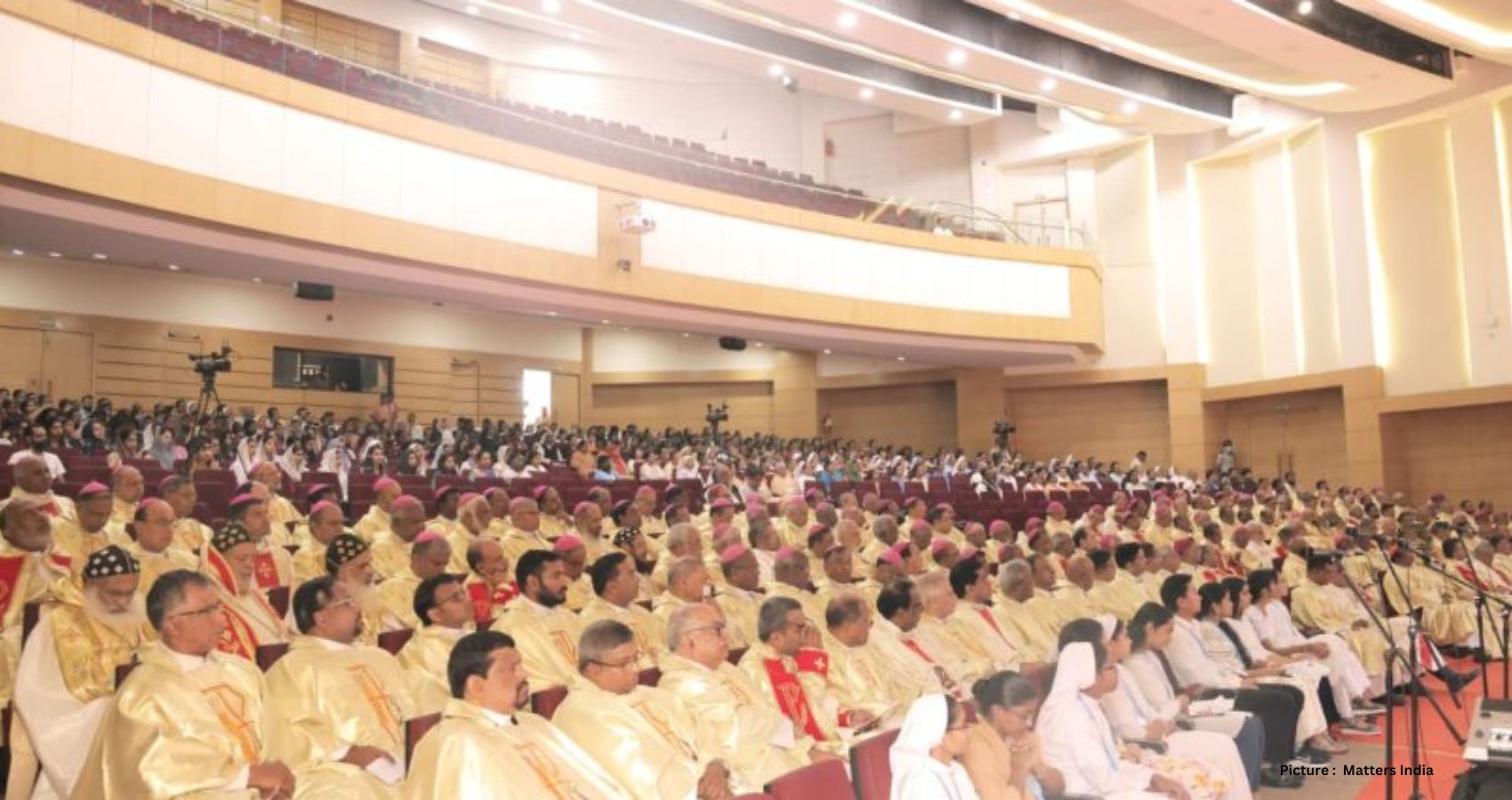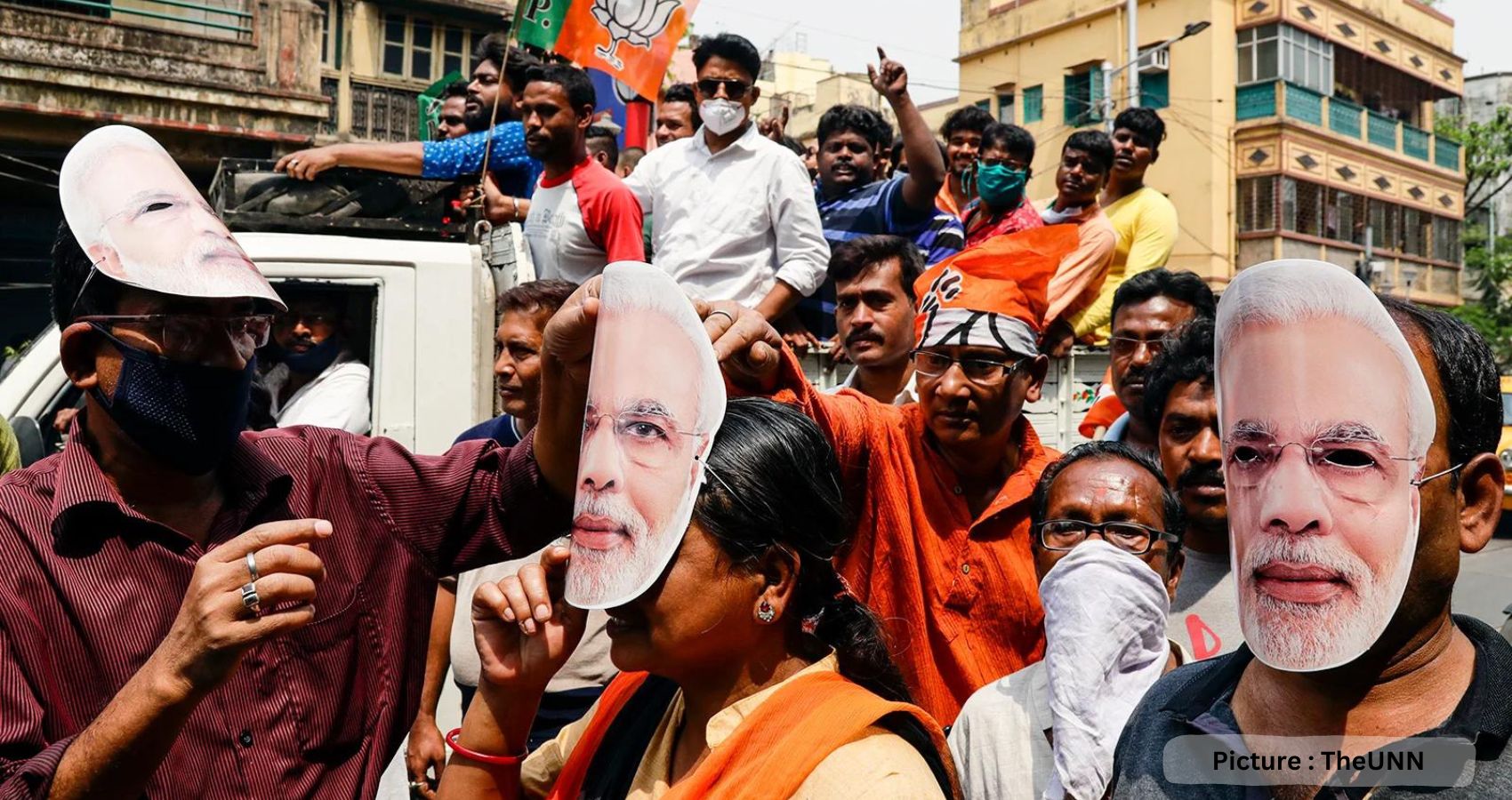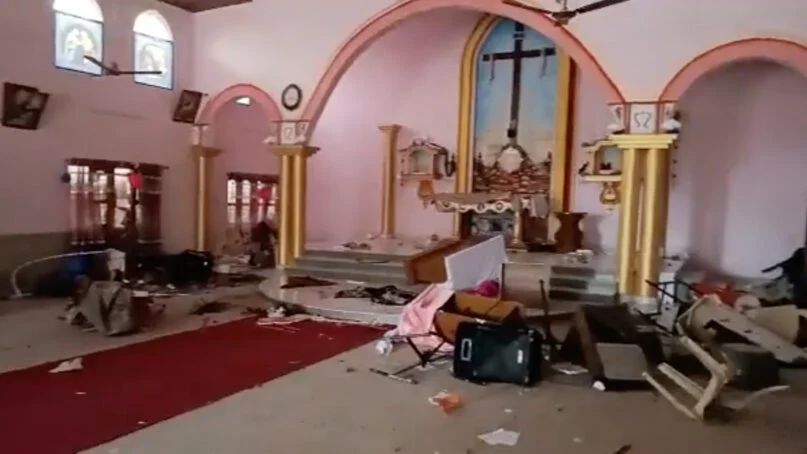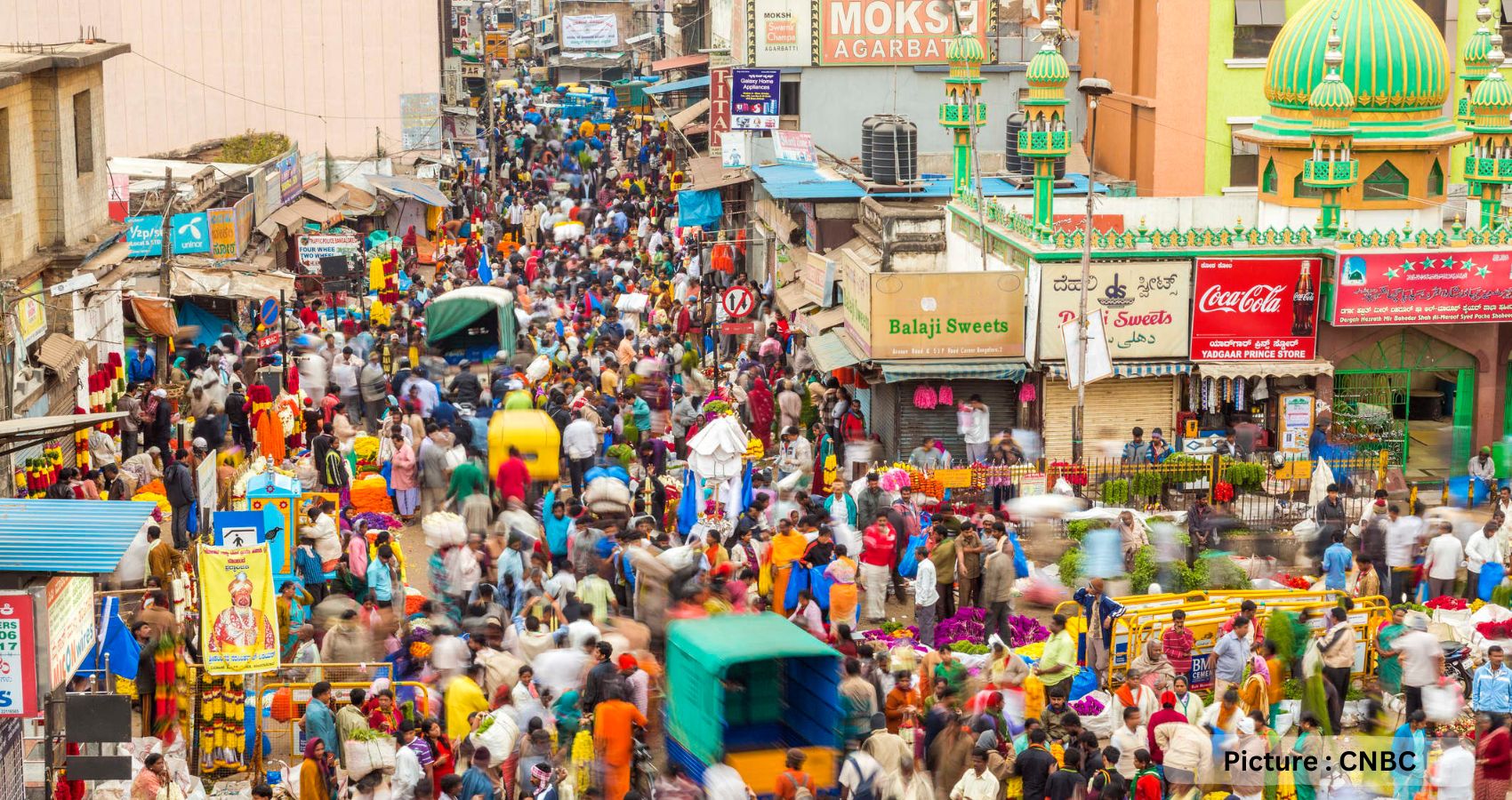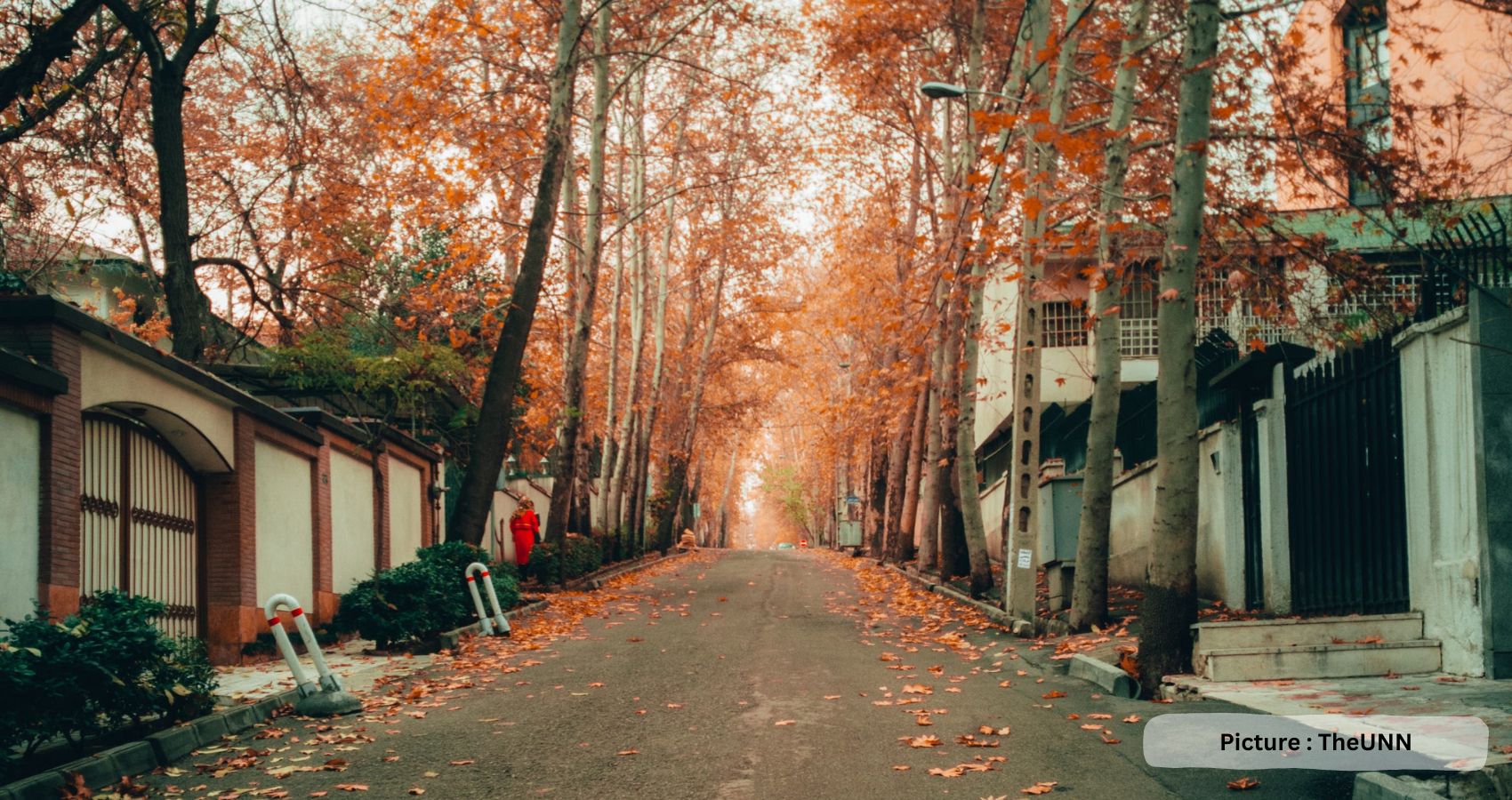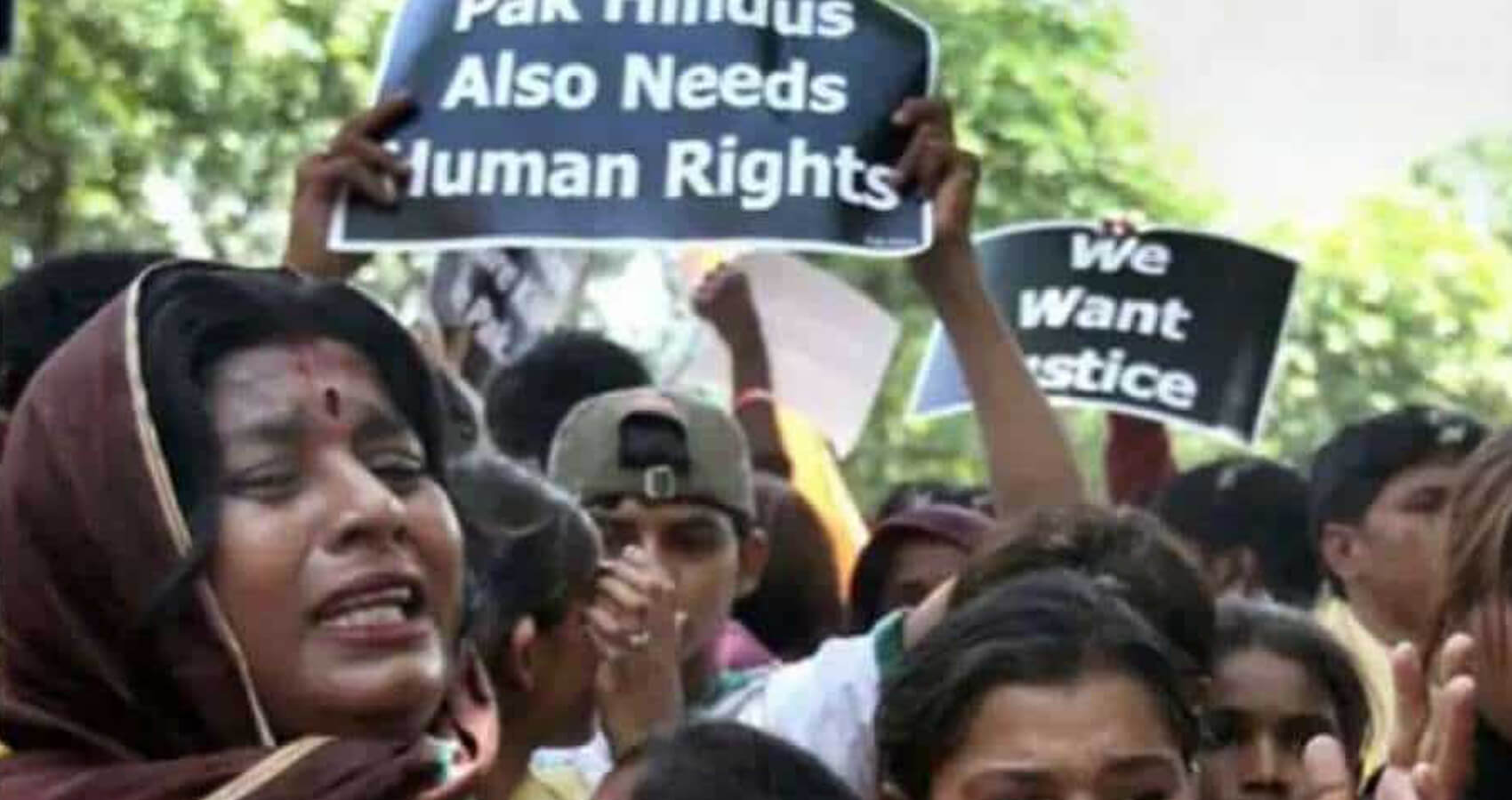3 February, 2023: The First Meeting Of The Doctors
Father was glad he knew at least three other doctors who wanted to work with him on budgeting a proposal to improve the amenities of their hospital, but they would not be able to have their meetings in the hospital for now. Crowd control was at an all-time high in all corners of Iran because of the protests against brutality that had seized the country for the last few months. College campuses were being excessively staffed with police, any woman who did not cover even a bit of her neck or arm was being threatened with arrest, and any sort of gathering in public was patrolled with suspicion. Because Father was a member of the Assyrian community, a Christian sect which happened to be one of the oldest and proudest clans of mankind, he knew he was going to be watched with even further scrutiny. He had been brought up used to having his identity threatened, but in the last two months, he was starting to wonder if life for all minorities, particularly of different religious communities, would start to see more restriction and harassment.
Father had chosen his house because it was in a prosperous and private part of Tehran. Darrous was full of well-lined streets, cedar trees, and embassies, and his house was well gated. It was a neighbourhood for the privileged. He had assumed it would attract little attention because little attention was paid to the lives of the people here in the first place, an area too residential for people to come for the sake of provoking a conversation.
As for the doctors he had invited over, they were Dr Nuri, Dr Ahmedi, and Dr Shah. Dr Nuri was an obstetrician whom Father was introduced to through a friend. Dr Ahmedi sat next to Father once in a while during lunch and was curious about learning more. And Dr Shah was a friend of Dr Safed who was also getting annoyed at how little headway Dr Safed’s petition was making, and who was very vocal in complaining about it. Father had thought of inviting Dr Safed as well, but Dr Safed didn’t work well on teams and would not like it if he were not given most of the credit. So, Father chose these three out of the many doctors he had been talking to in the last month; they came off as mild, sincere, and easy to collaborate with.
But things were a little different. The first thing Dr Shah did when he came into the house was complain about the weather.
It is cold, too much » he said, and he uttered some curse words to emphasise his point before he noticed Father’s wife at the door. Mother made it clear with the look on her face that she didn’t appreciate such language. That caused Dr Shah’s countenance to change. « Salam walaykum » he said. He gave Father a handshake, then a hug. He greeted Mother very properly by placing his hand on his heart and bowing slightly, as if he were talking to a woman of age in public.
He found his seat on the couch, and then he shouted loudly, « .It is becoming more and more like a war zone in this country .The youngsters go out and speak their mind, but it is us old people that they want to shoot »
Mother came with a tray of chai, but Dr Shah did not even notice it. He was getting riled up by hearing himself speak.
All I am doing is going to a friend’s house .They ask all these stupid questions at the security checks ؟Am I a terrorist for visiting a doctor at his home .We are here to talk about buying new beds and equipment for our seventy-year-old hospital .And the police are talking like I am a terrorist for wanting to visit my colleague and talk about hospital beds … this country and its people are getting worse every day »
Mother said, « Please have your tea » She was still standing there, politely waiting in headscarf and sweater, the hot steam from the tea misting. Dr Shah took it, but he kept ranting on, about things unrelated to the hospital, boring Father immensely, and causing Mother to throw angered stares towards Father. She most likely didn’t agree with much of what Dr Shah said.
When Dr Ahmedi came, the atmosphere became considerably less tense. He respectfully greeted both Mother and Father, took not only the chai but also spoke to Mother warmly, and offered dates which he had gotten on a trip to Muscat. He and Dr Shah happened to be well acquainted, and they had a lot to catch up on. Father didn’t understand much of their conversation because Father did not follow the World Cup; he could only barely remember who Messi was.
Finally, Dr Nuri, the only one of the doctors in Father’s social circle who was a woman, came. This time, Mother went out of the way to greet her. Both Dr Ahmedi and Dr Shah became polite when the two women came to sit on the sofa on the other side. Mother asked all sorts of questions to Dr Nuri—about who her husband was, and which mosque she prayed at, but when Dr Nuri caught wind of the FIFA conversation, she had her own opinion to give.
« ؟Why do you give so much attention to Messi when Amir Nasr-Azadani’s life was taken ؟Are you not thinking about that »
Dr Shah was quick to respond, wildly gesticulating his hands. « .Of course I am thinking about that .It is sad indeed .But this is about football .We were talking about the game »
People’s lives are being lost, and you are talking about a game
Dr Nuri turned to face Dr Ahmedi, who completely averted her eyes, looking to one of the Arabesques that Father had draped on his wall instead. Dr Shah said something, and Dr Nuri batted on. It was becoming a spirited debate, but this was not the reason why they were meeting. In fact, this meeting was starting to look exactly like what Mother had complained about when Father had said he was inviting these doctors together: a clandestine gathering to denounce the doings of the Iranian government. Father did not want this, but he had noticed recently that almost every chat in private was turning into a heated discussion on what was being felt about the government but that could not be said in public.
Father really had other things to talk about.
My friends, you are here, and it is of great happiness to me .Thank you a lot for coming .I wanted to ask you some other things .I am like you .I am working in this hospital every day .I am not happy with the way it is being run ؟Do you agree with me »
Varieties of al-batti and hatman were said by the three doctors. They started giving their own feedback and impressions, but spoke over each other, particularly Dr Nuri and Dr Shah, who both had a lot to say but no interest in giving the other a chance to speak. When Dr Nuri took a break to look at messages on her phone and Dr Shah asked Mother to get him some water, Dr Ahmedi made the first coherent suggestion.
It is the hospital beds that need to be replaced
Dr Nuri put her phone back in her purse and said « .Man baa shomaa movafeqam » She went on to explain, « .The woman are delivering babies in beds stained with blood .It is disgusting »
Dr Shah said « .There is also not enough space for the amount of patients we have »
Dr Ahmedi added « .Correct .There are more and more patients nowadays .We need to have ten beds in a room, not six »
Dr Shah bounced back « .But the rooms are small ؟How can we make space for more beds if the rooms are not big enough »
« .We will certainly not have funding to ask for any new construction inside the hospital » Father said. That was the old question which kept coming to his mind in the last few months: how would they get the funding for any of this?
Dr Nuri opined « .The hospital has plenty of rooms .It is a matter of how we use them .I have seen beds from Japan .They are smaller and more comfortable .We can fit more of them into a room »
« ؟But how will we afford beds from Japan »
« .The Japanese are generous .It is easy to apply for funding from their government »
Father was relieved Dr Nuri had indirectly answered the money question. They could try to get funding from other Asian countries that might want to help Iranians, like Japan or China, Russia or India. He knew nothing about the process of doing that, and all of the doctors he had invited were in their fifties. He doubted any of them had been through a grant-writing process at all. Perhaps he could try to befriend some of the younger doctors. There was also that nurse he almost saw as one of his own children, though he was not sure if she had that know-how.
Father imagined for a moment that Son were still living in Tehran, and what he could have done to help.
« ؟Do you think we should ask for a new X-ray machine »
This question was from Dr Shah, directed to Father. He answered, « .I think we can .Or I will say, we can consider asking .We have to remember that today we are only talking and getting ideas, and later when we meet we will know what to say .That is what I would like to see .I want to see ideas »
All of the doctors were staring at him, unsure of how to respond to such declarations.
Father clarified, « .Today we will say everything that comes to our heads .We will write a list » He motioned for Mother to bring one of his notebooks. « .I will read over the list and consider everything .We will think about the costs, and what is possible or appropriate .Then we will pitch the hospital, then try to find funding »
Suddenly, curiously, Dr Nuri smiled widely. « I agree » she said. A radiance was beaming from her face, under her headscarf. It was a sort of affirmation that Father felt he rarely got from his colleagues whenever he tried to make suggestions or share his own ideas. Normally, the doctors went about speaking as if Father was not there. the last time Father attempted one of these interjections in the hospital, it seemed no one had listened, going back to their rounds without paying his thoughts any attention, causing him to fall back into his usual silence.
Dr Nuri observed the confusion on Father’s face, and she remarked, « .It is rare for you to express your opinions like this »
Mother chirped in, « .When my husband is home, he sits and looks at his phone .He doesn’t even talk to me .This is even when I am talking at him »
Father had his reasons. It was really because Mother was complaining most of the time, about this relative or that neighbour, and Father had no opinions on the topic, or any reason to give any feedback.
Father explained, « .I want to see our hospital change .I have worked there for decades .Money is tight, and corruption is high, and we do what little we can .Other doctors say they will work on it, too many people promise improvements, but nothing gets done for years .I in fact want to do something »
Dr Ahmedi said, « .That is good and very respectable »
Dr Shah nodded along in politeness. Then his eyebrows furrowed, and he winced.
« .Actually, what you are saying is not true .I have noticed there is a lot to change .I think all of us have .But we have children to feed and salaries to live off on .No one has that the time to make a change .We are trying to survive, and that makes life busy »
It would have been easy to get agitated by his words. Dr Shah was implying that Father was of a class that allowed him the privilege of thinking about the world’s problems where he had no problems of his own, when in reality he had a mother of poor health, and a somewhat estranged son, and plenty of relatives who needed the earnings he had to divide his salary for. He wanted to make an effort because he was passionate and proud of his hospital, despite the amount of work it had demanded of him for decades, often at the cost of his relationship with his family.
Another question was coming to his mind. He pointed to the notebook in his hand with his pen and asked, « ؟You three, tell me: what else have you seen that demands change »
The doctors shared, one by one:
« … Well, we could certainly improve the conditions of the toilets »
« … We need new bedsheets and medical aprons »
« … I don’t like the brand of disposable thermometer we use .We can try to buy cheaper and from the Chinese »
« … The nurses are impossible to work with !We need to get them fired »
« … Women who work these types of jobs aren’t your slaves »
« .I said they worked badly .I didn’t say they were my slaves »
Father tried to annotate whatever he could and to whatever extent his wrinkled hands would let him. Within just ten minutes, there was enough to cover two full notebook pages. Some of the ideas would probably nowhere, but some of the demands were quite reasonable and easy to petition from the administration. And as they chattered, everyone was learning to get along. Dr Nuri and Dr Shah were starting to joke with each other. Dr Ahmedi’s smile relaxed the room.
Father excused himself for a bathroom break, closed the door, and looked in the mirror. He had to take a break to share a smile to himself that he didn’t want anyone else to see.
He was right to want to include the opinions of others rather than lead everything by himself. He didn’t want to just be paying lip service to an idea like Dr Safed; if he kept getting these doctors excited, and they started to get the doctors in their own social circles excited as well, then this could lead to more people demanding change. In time, they could form a group that would meet often and propose ideas that could become tangible.
It was all going so well. Father stared at himself in the mirror and never broke from his smile.
He was finally having the hope that something he was investing in could actually result in change.

